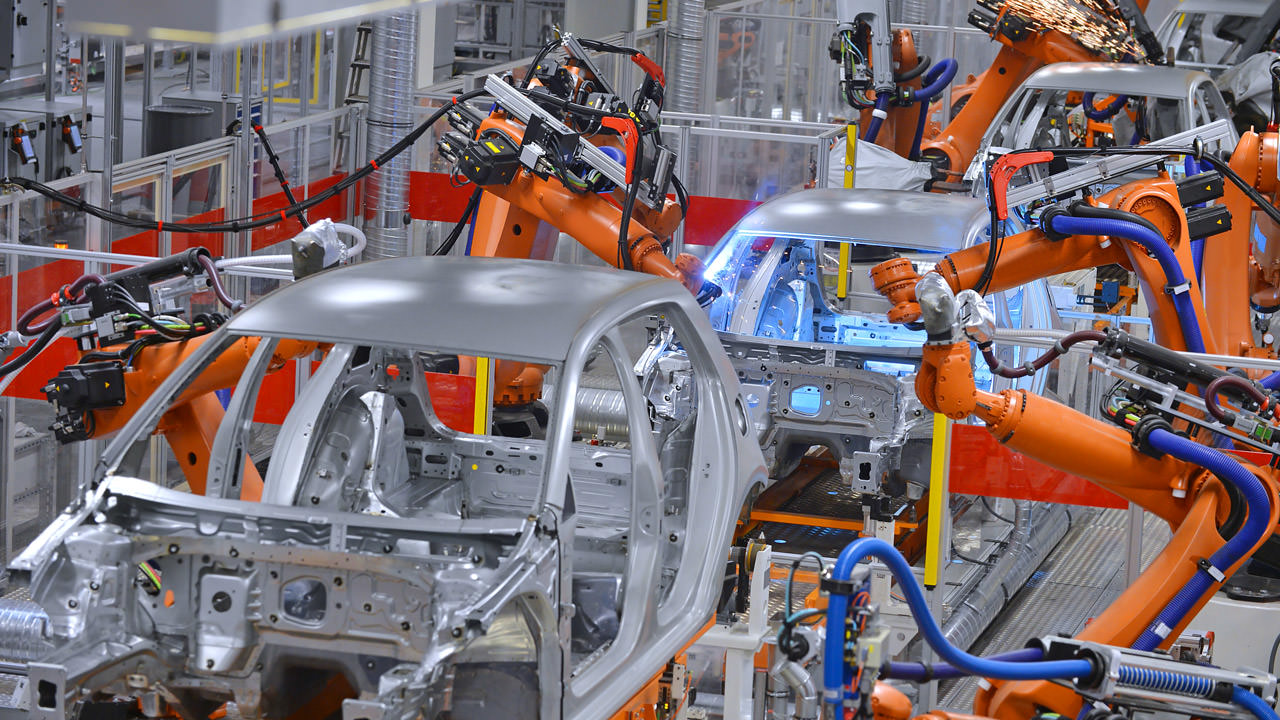TechnologyMarch 16, 2022
TSN is set to become a must for industry

Waiting until TSN is a mature technology will likely be too costly and time-consuming, while leaving businesses behind. As TSN becomes an industry standard and as adoption grows, more uses will be discovered, ultimately making the technology an essential element of industrial operations.

Chih-Hong Lin, Global Technology Partner Manager, Moxa
Time-Sensitive Networking (TSN) is acknowledged to represent the future of industrial Ethernet, as it sets the foundation for data-driven, interconnected, smart factories. More than a simple, product-level solution, the technology offers a systemic solution to support determinism, convergence and process transparency. These ground-breaking features are the reason why TSN adoption has already occurred with leading automation vendors.
Chih-Hong Lin, Global Technology Partner Manager at Moxa, a leader in industrial communications and networking, and also a member of the CC-Link Partner Association (CLPA), looks at the role of TSN in shaping the future of industrial automation.
The Connected Industries of the future will rely on a single, converged network. This facilitates access to data by enabling both vertical and horizontal communications in order to share actionable insights across the entire enterprise. Ultimately, the knowledge gathered will drive productivity and competitiveness. By simplifying the architecture behind unified industrial communications, such a setup can also considerably simplify network architectures as well as maintenance activities, reducing costs.
Chih-Hong Lin explains: “This vision for future-oriented data sharing, in line with Industry 4.0, is in stark contrast to legacy communications, characterised by ‘islands of automation’ where machines are mostly isolated. This means that we currently have to rely on multiple, often semi-proprietary standards to share data within the different layers of the automation pyramid.
“Besides, each protocol can rarely communicate with the others, preventing the transfer of key information across the enterprise. Even more, as machines and systems expand, networks become increasingly complex to address these changes.”
Getting ready for next-gen networks
Therefore, existing network technologies – even when well established – may not be able to address the needs of next-gen industries. A first, significant step to address change is the use of solutions offering large bandwidth, i.e. 1 Gbit/s. Chih-Hong explains: “One of the reasons why systems have remained partially isolated is to avoid interference. As businesses move away from this model and enlarge their networks, they need sufficient bandwidth to guarantee that time-critical data, such as control traffic, can always be transferred in a deterministic manner. By doing so, they can support more applications and start benefitting from the gains offered by converged networks.”
The next step is to implement TSN technology, whose relevance has rapidly grown. “When I first came across TSN, about five to six years ago, I thought it was just another technology with limited impact. But the more I learned about it, and as the standards behind TSN developed, the more I could see the game-changing role of this solution for next-level communications. It is now clear how TSN will change industrial automation and the way we currently run businesses,” Chih-Hong Lin comments.
Businesses around the world are well-aware that TSN is the enabler for Industry 4.0 as it can unleash their full potential by supporting converged, deterministic networks that are at the core of smart, interconnected factories. “We see a growing number of very proactive players in the industry that are keen on adopting TSN,” adds Chih-Hong Lin.
Succeeding in TSN implementations
Being such a revolutionary technology, TSN requires a comprehensive ecosystem for its successful implementation. Chih-Hong Lin explains: “Adopting this technology means applying it on a systemic level, rather than as a single product. Therefore, two main requirements need to be addressed. Firstly, it is necessary to have strong support from an industrial Ethernet organisation such as the CLPA, to deliver suitable TSN-compatible network technologies.
Secondly, it is essential to have a broad range of available products supporting this technology. CC-Link IE TSN can meet these two requirements.” It is the first gigabit Ethernet with TSN capabilities and the most advanced solution currently available and offers the most complete system, with many compatible automation products on the market.
An additional aspect to succeed in embracing TSN is achieving interoperability. This is a must to address the need of the smart factories of the future. To overcome this issue, Moxa is actively taking part in a number of activities. “In addition to launching CC-Link IE TSN compatible products, we are involved in TSN testbeds as well as discussing with other leading automation vendors how to shape our solutions to support customers in the most effective way,” says Chih-Hong Lin.
The future is already here
Chih-Hong Lin adds: “There are more and more real-world applications of TSN, and I expect to see larger scale implementations of this technology by next year, while mass adoption of TSN in entire factories should happen in the near future.”
Technical article by Moxa

Getting Your TSN Product to Market
CLPA Technology White Paper
The full “Getting Your TSN Product to Market” white paper discusses the importance of TSN and why device vendors should be considering adding it to products. It describes what development methods are available and details on how TSN functionality can be integrated into products.
Download White Paper
